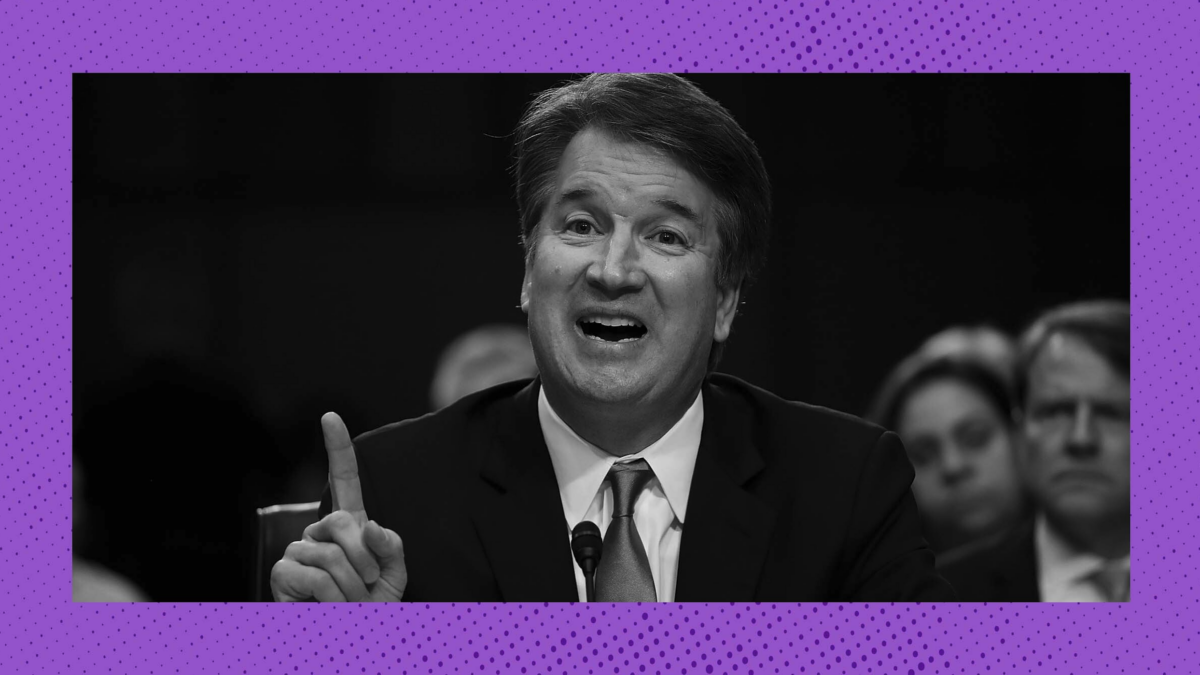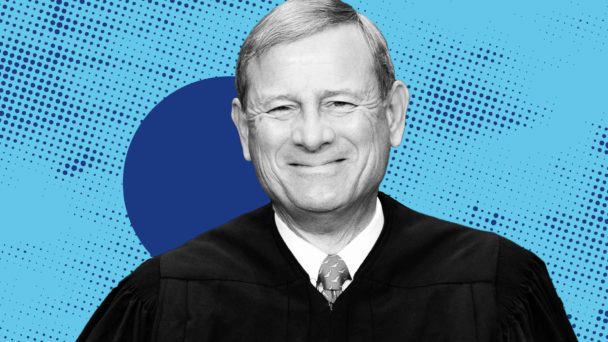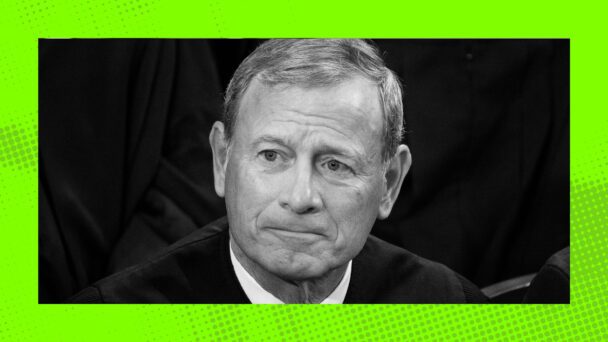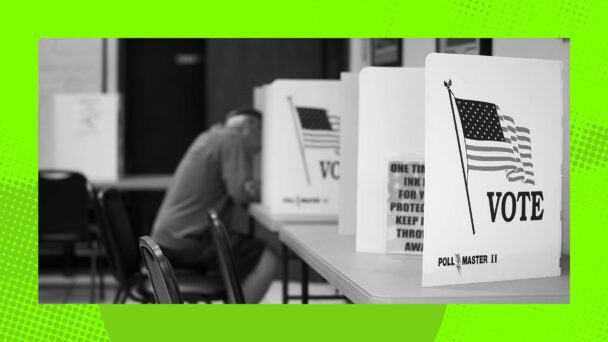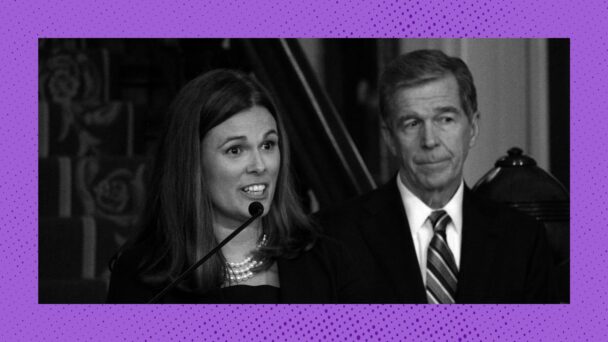On Monday, the Supreme Court heard oral argument in Louisiana v. Callais and Robinson v. Callais, a pair of consolidated cases that could further limit Black people’s access to the political process. The cases are about Section 2 of the Voting Rights Act, a federal law that implements the Fifteenth Amendments ban on denials of the right to vote on account of race. And in 2022, Louisiana lawmakers enacted congressional maps that diluted Black Louisianans’ voting power, “packing” many of them into one majority-Black district and “cracking” the rest among the remaining districts. Roughly 1 in 3 Louisianans are Black, but the 2022 map limited Black people’s political influence to just 1 of 6 congressional seats.
After Black voters sued, federal courts found that the maps violated the VRA, so in 2024, lawmakers drew a new map with a second district in which Black voters would have an equal opportunity to elect their candidate of choice. But then, a group of self-identified “non-African American voters” sued over that map, and a divided three-judge panel struck it down, finding that it was also an unconstitutional racial gerrymander.
Federal courts have long recognized that race-based redistricting is not always unconstitutional, because when courts find a given set of maps illegal, lawmakers will necessarily have to take race into account in order to remedy the Voting Rights Act violation. So, in circumstances like this, courts are supposed to ask if the legislature had a good-faith reason to think it needed to consider race as it did in order to comply with the Voting Rights Act.
But that was not Justice Brett Kavanaugh’s question. For Kavanaugh, the most important question was, Are we done yet? Throughout oral argument, he returned to the idea that the VRA has aged out of constitutionality, basing his assessment of its legality not on the statute’s purpose or effect, but simply on the passage of time.
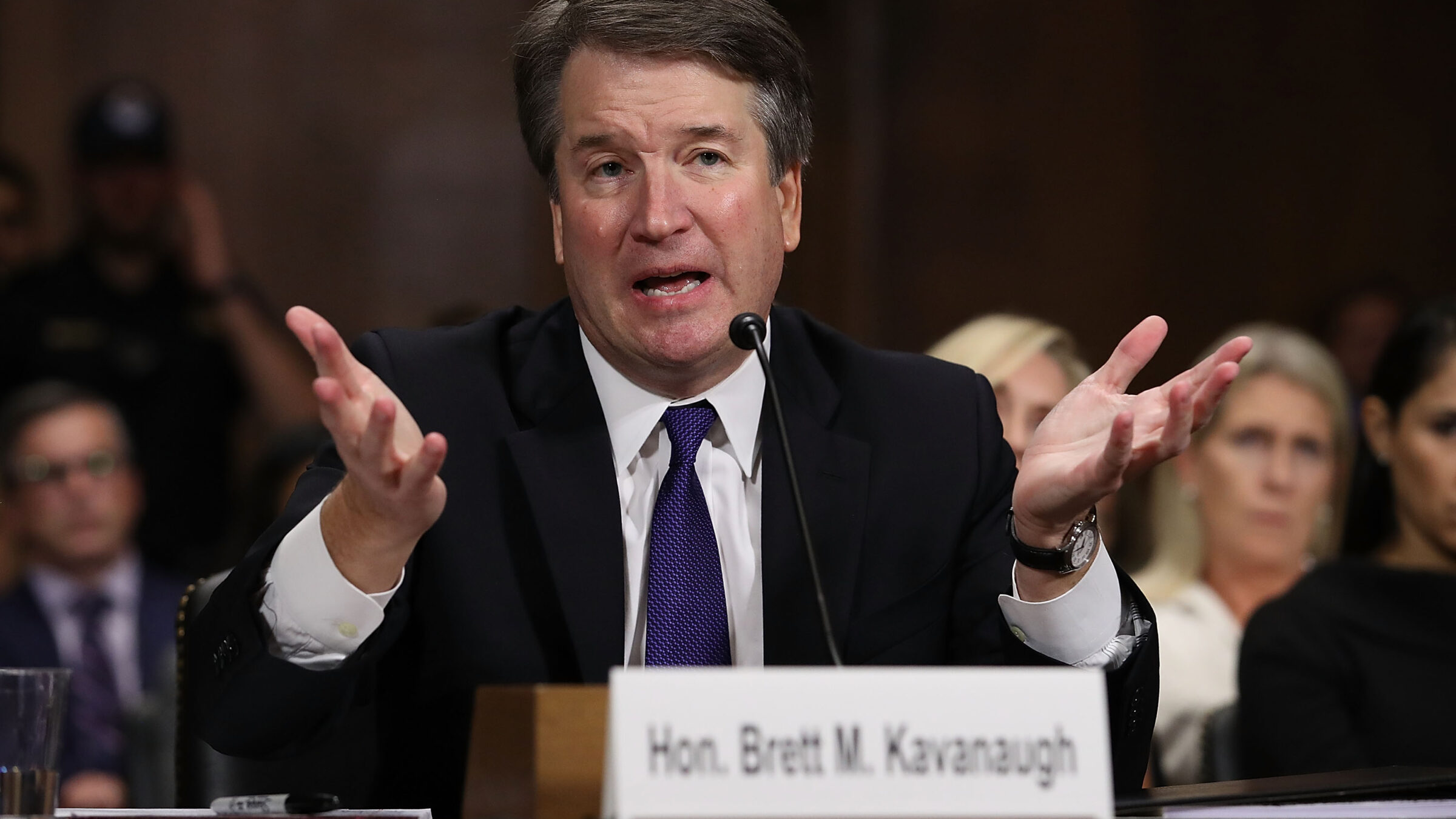
(Photo by Win McNamee/Getty Images)
The notion that the rights of marginalized people have expiration dates has picked up steam within the conservative legal movement. So Kavanaugh invited Louisiana Solicitor General Benjamin Aguiñaga to make the argument, asking what he makes of the idea that “there’s a durational limit on the authority of Section 2 for states to create additional majority-minority districts.” To Aguiñaga’s credit, he correctly said that that wasn’t relevant to this case, since Section 2 remains good law. “At least as things stand now, we’re duty-bound to comply with the Voting Rights Act,” he said.
Kavanaugh tried again when Stuart Naifeh, arguing the case for the NAACP Legal Defense Fund, came to the podium. “On equal protection law, the Court’s long said that race-based remedial action must have a logical end point, must be limited in time, must be a temporary matter,” Kavanaugh said. “How does that principle apply to Section 2?” Naifeh explained that there’s no need for judges to impose a time limit on Section 2 because the Court’s standard for evaluating those claims is already tied to current conditions.
Kavanaugh tried a third time with Edward Greim, the attorney for the “non-African American voters” challenging the revised maps. Kavanaugh raised Greim’s argument that states’ authority to consider race “must have an end point”—an argument Louisiana had suggested that Greim had forfeited by not raising it earlier. “The fact that you haven’t mentioned it so far certainly supports what they’re saying on that, but I’ll give you a chance to respond,” Kavanaugh said.
A time limit on the rights of marginalized people is a hobbyhorse of Kavanaugh’s. In a concurring opinion in Students For Fair Admissions, the pair of cases that ended race-conscious college admissions programs in 2023, Kavanaugh made hay out of every instance he could find of justices clock-watching civil rights. He trotted out Justice Harry Blackmun’s hope in 1978 that affirmative action would be a “relic of the past” by 1988, and Justice Sandra Day O’Connor’s expectation in 2003 that affirmative action would “no longer be necessary” in 25 years. Since “a generation has…passed” since then, Kavanaugh concluded, the outcome in Students For Fair Admissions “appropriately respects and abides by Grutter’s explicit temporal limit on the use of race-based affirmative action in higher education.”
A couple weeks before that, Kavanaugh floated a time-based test for Section 2 of the Voting Rights Act in Allen v. Milligan, in which a five-justice majority of the Court, to the shock of anyone familiar with the Court, actually applied Section 2 to protect Black voters in Alabama. Although Kavanaugh joined the majority, in a concurring opinion, he made clear that he would not always do so. “Even if Congress in 1982 could constitutionally authorize race-based redistricting under Section 2 for some period of time, the authority to conduct race-based redistricting cannot extend indefinitely into the future,” he said. “But Alabama did not raise that temporal argument in this Court, and I therefore would not consider it at this time.” As his questions on Monday confirmed, he really, really wants someone to ask him to consider it.
Kavanaugh’s approach mirrors that of his hero, Chief Justice John Roberts, who concluded in Shelby County v. Holder that a different provision of the Voting Rights Act was outdated and therefore unconstitutional. The prevailing sense among conservatives is that the Voting Rights Act did its job and fixed racism in America, and now needs to be put down like Old Yeller. They’re happy to let multiracial democracy die along with it.
